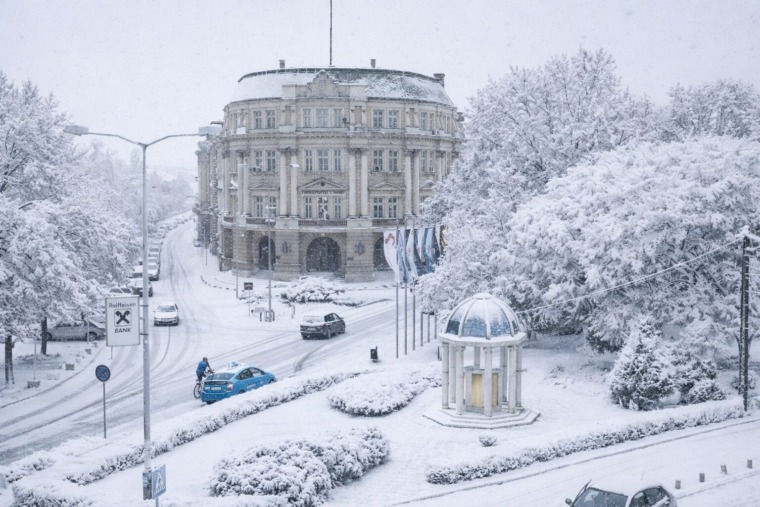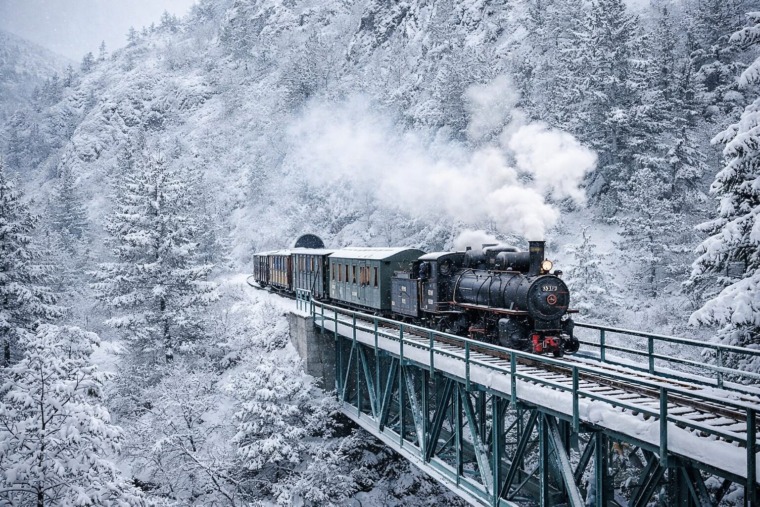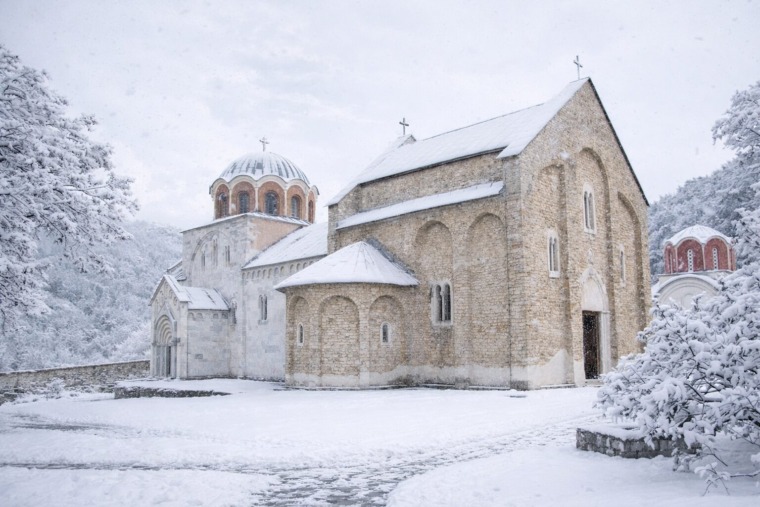
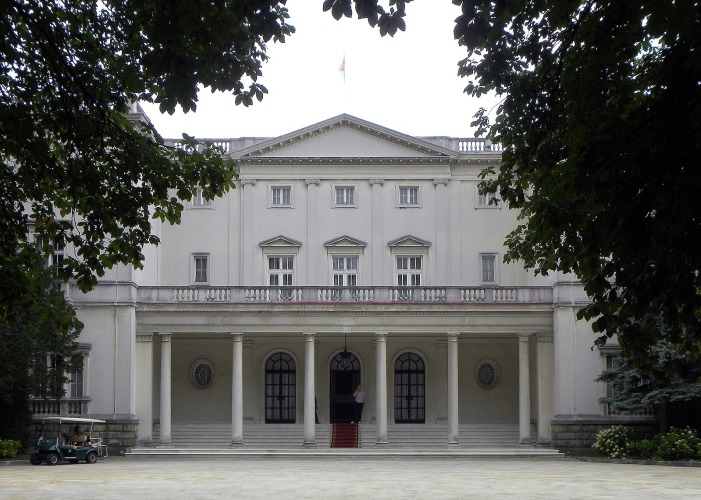
Nestled in the lush, green Dedinje district of Belgrade, Beli Dvor stands as a symbol of Serbian elegance, tradition, and regal history. Also known as the White Palace, it is one of Serbia’s most captivating royal residences. Built with a combination of classical European elegance and Serbian royal heritage, Beli Dvor offers visitors a glimpse into the lives of Serbian royalty and the architectural tastes that defined an era.
But why is this beloved building called Beli Dvor?
The Royal Vision Behind the Palace
King Alexander I of Yugoslavia commissioned Beli Dvor in the 1930s as a residence for his sons, Prince Tomislav and Crown Prince Peter II. Although King Alexander never saw the project completed due to his assassination in 1934, his family carried forward the vision he had set for Beli Dvor.
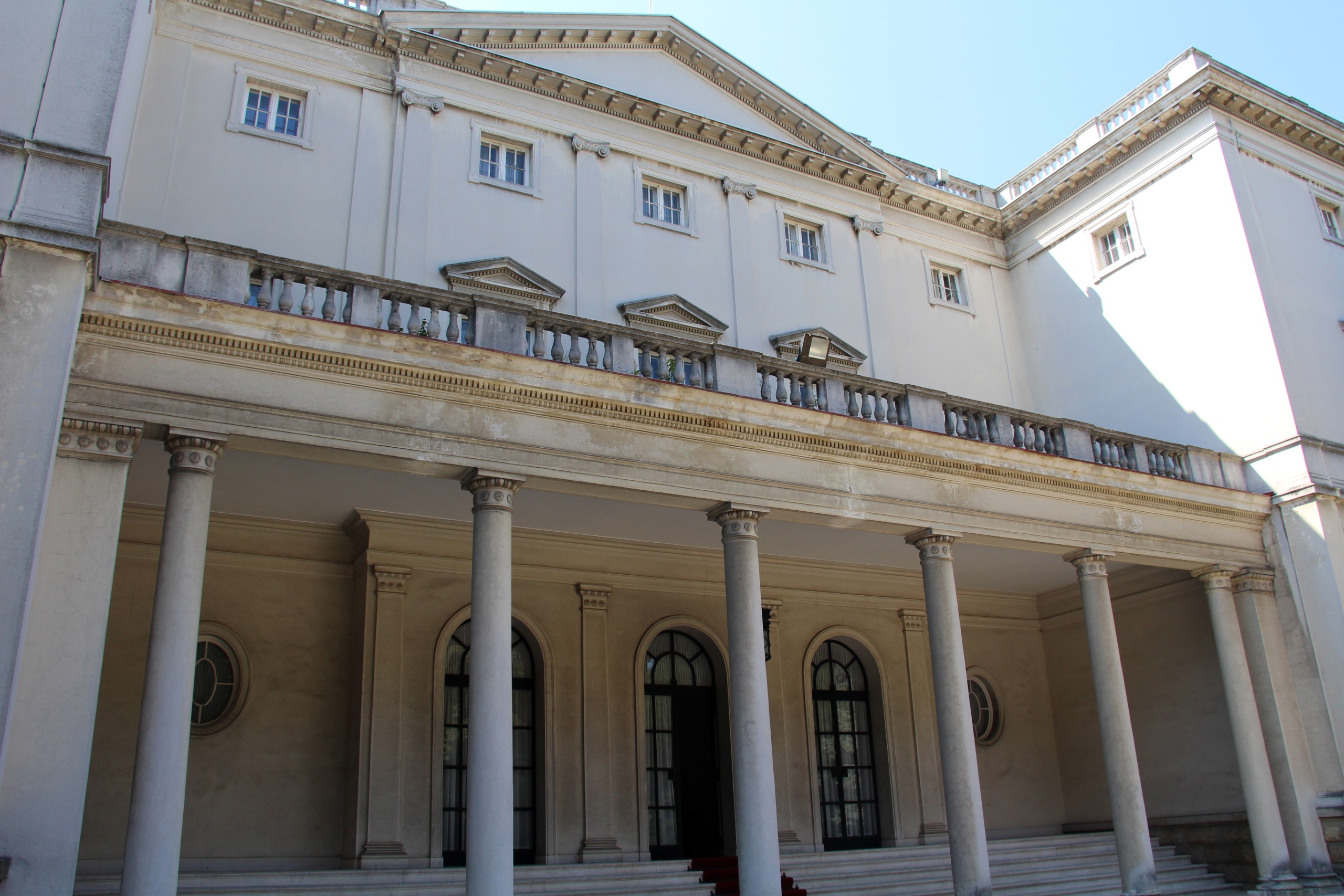
Designed by the renowned architect Aleksandar Đorđević, the palace reflects the neoclassical style popular in Europe at the time, with a strong influence from the British Georgian and French classicist styles. This blend of European architectural inspiration gave Beli Dvor a timeless appeal, fitting for a royal residence.
Why the Name Beli Dvor?
The name Beli Dvor, meaning White Palace, originates from its architectural design and materials. The palace’s exterior is clad in pristine white stone, which gives it an ethereal, stately presence against the surrounding greenery. The bright, white facade was chosen not only for aesthetic reasons but also to convey purity, dignity, and the prestige of the royal family. Its elegant white structure contrasts beautifully with the green gardens and fountains around it, making it a visual standout in the Belgrade landscape.
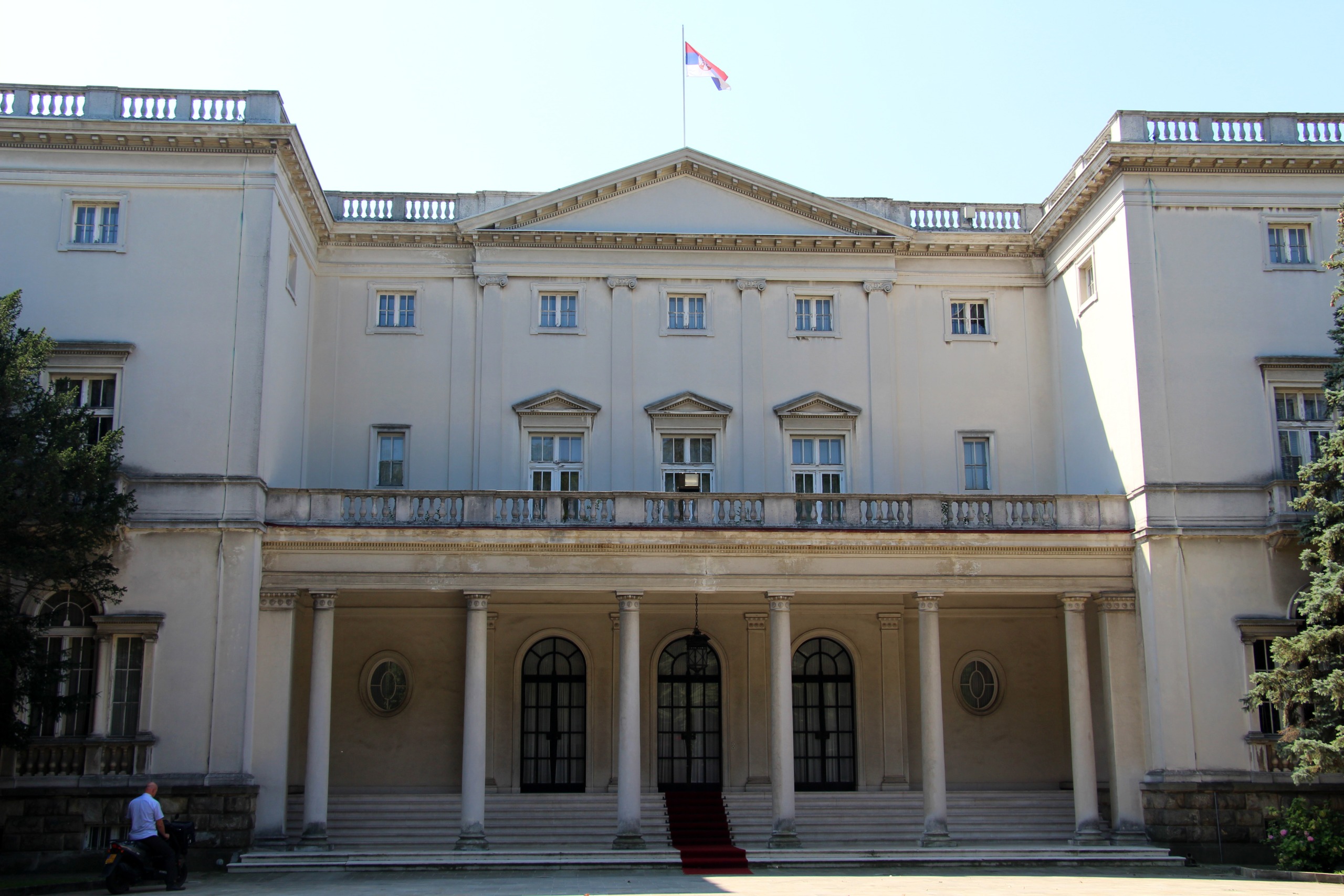
The symbolism of white as a color of peace and purity also resonated with the Serbian monarchy, as King Alexander I envisioned a unified and peaceful Yugoslavia. In many ways, the White Palace’s name captures the hopes and aspirations of the Yugoslav royal family, symbolizing a brighter, harmonious future.
Architectural and Interior Highlights
Beli Dvor spans three floors and includes a majestic central hall, several grand reception rooms, private apartments, and even a royal chapel.
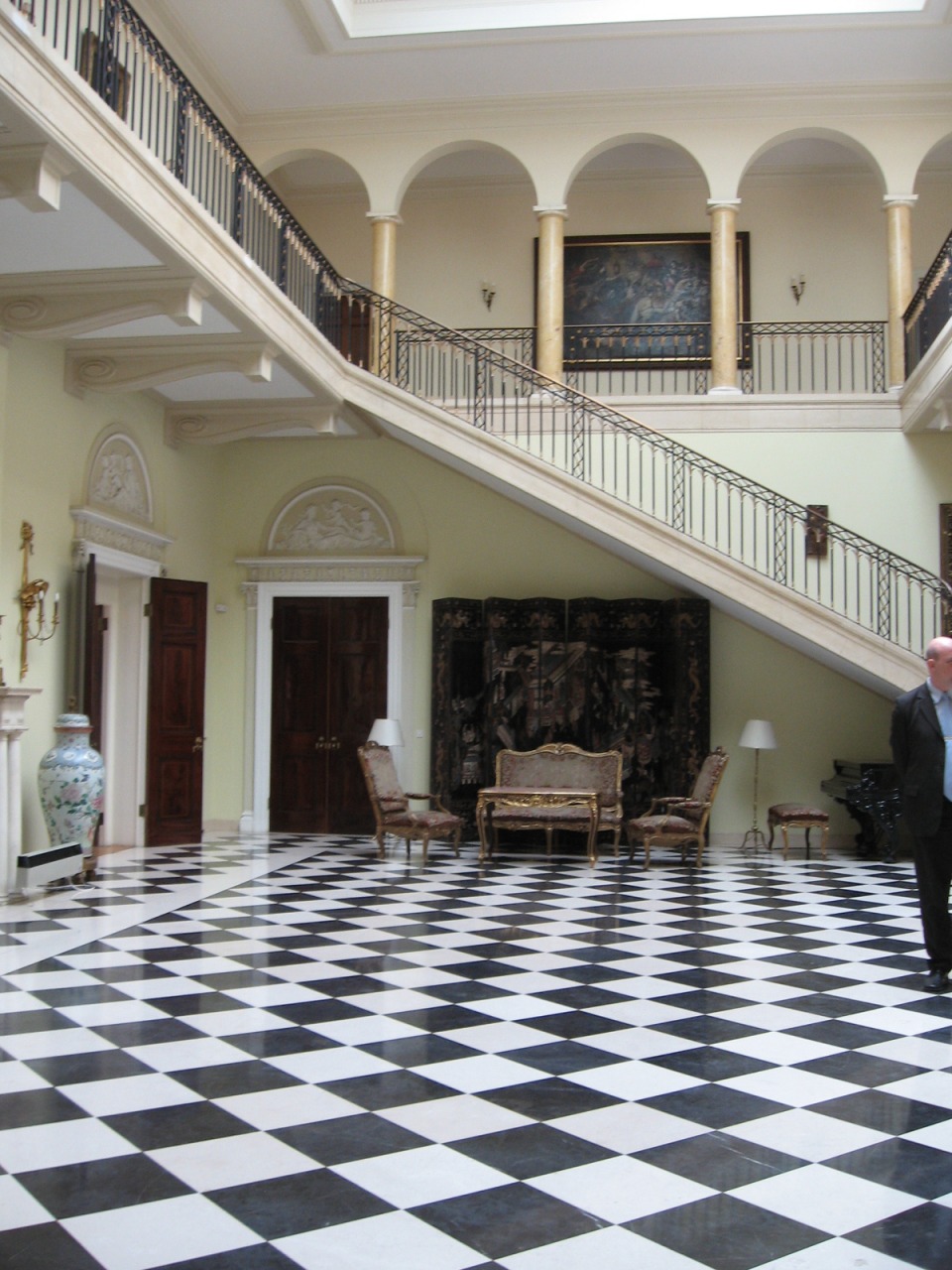
The interior of the palace is equally as impressive as its exterior, with rooms furnished in Louis XV and Louis XVI styles, adorned with fine tapestries, chandeliers, and artwork from various European masters.
One of the highlights of Beli Dvor’s interior is its grand marble staircase, which sets the tone for the luxurious ambiance found throughout the palace. There are also notable collections of fine art, including works by Canaletto, Rembrandt, and Poussin.
Each room was meticulously designed to exude elegance and showcase the refinement of Serbian royalty.
The Gardens and Surrounding Grounds
The palace grounds cover several hectares and feature immaculately landscaped gardens, designed by British horticulturalist Thomas Mawson. Paths lined with well-trimmed hedges, exotic plants, and fountains create a serene environment, ideal for leisurely strolls or royal gatherings. The gardens further reinforce the palace’s reputation as an oasis of calm and beauty within Belgrade’s bustling cityscape.
Modern-Day Beli Dvor
Today, Beli Dvor is open to the public for guided tours, where visitors can explore the royal family’s former residence and immerse themselves in Serbia’s regal past. While the palace no longer functions as a royal home, it remains a symbol of Serbian heritage and history, treasured by locals and admired by tourists.
Conclusion
Beli Dvor’s name, the White Palace, perfectly captures the spirit of the building and its intended legacy. With its gleaming white facade, beautiful gardens, and deep historical roots, Beli Dvor stands as a monument to Serbian royalty and a reminder of the country’s aspirations for peace and unity. Visiting Beli Dvor offers a rare glimpse into a royal world, surrounded by elegance, history, and the enduring beauty of Belgrade’s past.
Related Articles


From Fireworks to Family Dinners: New Year’s Eve Across Serbia
December 31, 2025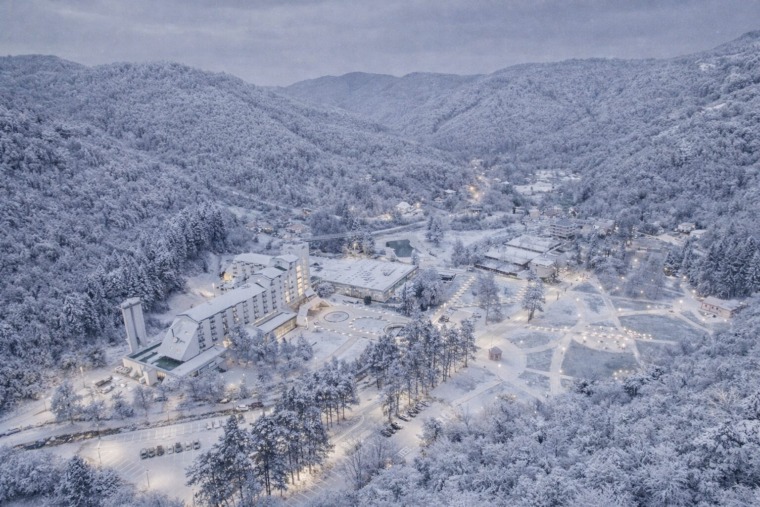
Kuršumlijska Banja: Serbia’s Quiet Winter Spa Escape
December 30, 2025
Novak Đokovic Receives Special Globe Soccer Award in Dubai
December 29, 2025

